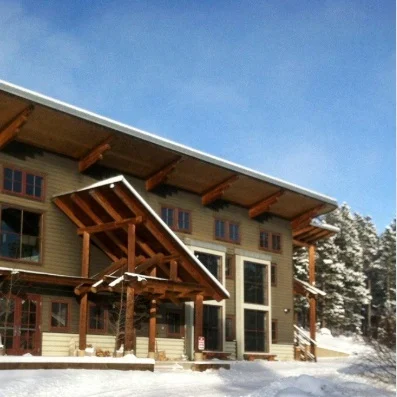Information for Researchers
Internationally recognized for its research program, Niwot Ridge LTER offers a diversity of expertise, infrastructure, landscapes, and organisms to test your ideas about mountain ecosystems. The very foundation of our LTER is collaboration, and by conducting research at Niwot, you can contribute to a legacy of science that advances theory and informs conservation. All Niwot Ridge researchers are expected to abide by our code of conduct.





